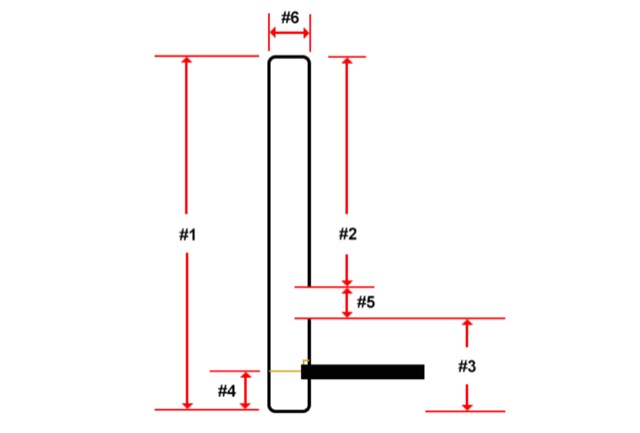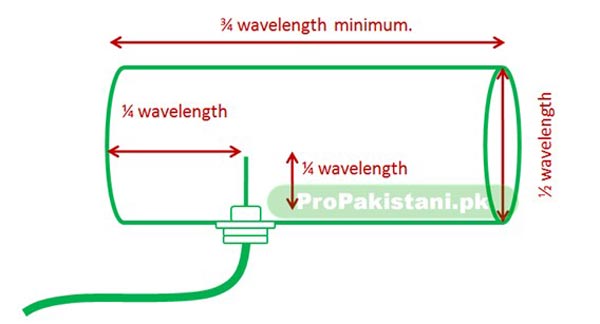
The parabolic antenna was invented by German physicist Heinrich Hertz during his discovery of radio waves in 1887. With the advent of home satellite television receivers, parabolic antennas have become a common feature of the landscapes of modern countries. The other large use of parabolic antennas is for radar antennas, in which there is a need to transmit a narrow beam of radio waves to locate objects like ships, airplanes, and guided missiles. Parabolic antennas are used as high-gain antennas for point-to-point communications, in applications such as microwave relay links that carry telephone and television signals between nearby cities, wireless WAN/ LAN links for data communications, satellite communications and spacecraft communication antennas. In order to achieve narrow beamwidths, the parabolic reflector must be much larger than the wavelength of the radio waves used, so parabolic antennas are used in the high frequency part of the radio spectrum, at UHF and microwave ( SHF) frequencies, at which the wavelengths are small enough that conveniently-sized reflectors can be used. Parabolic antennas have some of the highest gains, that is, they can produce the narrowest beamwidths, of any antenna type. It functions similarly to a searchlight or flashlight reflector to direct the radio waves in a narrow beam, or receive radio waves from one particular direction only. The main advantage of a parabolic antenna is that it has high directivity.

The most common form is shaped like a dish and is popularly called a dish antenna or parabolic dish.

For parabolic antennas, the HPBW θ is given by the formula show here.Ī parabolic antenna is an antenna that uses a parabolic reflector, a curved surface with the cross-sectional shape of a parabola, to direct the radio waves. The angular width of the beam radiated by high-gain antennas is measured by the half-power beam width ( HPBW), which is the angular separation between the points on the antenna radiation pattern at which the power drops to one-half (-3 dB) its maximum value. The term “beam width” may be preferred in applications where the beam does not have circular symmetry.

A beam may, for example, have an elliptical cross section, in which case the orientation of the beam diameter must be specified, for example with respect to the major or minor axis of the elliptical cross section. The angular width is also called the beam divergence.īeam diameter is usually used to characterize electromagnetic beams in the optical regime, and occasionally in the microwave regime, that is, cases in which the aperture from which the beam emerges is very large with respect to the wavelength.īeam diameter usually refers to a beam of circular cross section, but not necessarily so. The beam width can be measured in units of length at a particular plane perpendicular to the beam axis, but it can also refer to the angular width, which is the angle subtended by the beam at the source.

Five definitions of the beam width are in common use: D4σ, 10/90 or 20/80 knife-edge, 1/e2, FWHM, and D86. Since beams typically do not have sharp edges, the diameter can be defined in many different ways. The beam diameter or beam width of an electromagnetic beam is the diameter along any specified line that is perpendicular to the beam axis and intersects it.


 0 kommentar(er)
0 kommentar(er)
